The introduction of species to environments where they do not naturally belong is a phenomenon that has significantly reshaped ecosystems worldwide. These introduced species, often termed invasive when they cause harm, can drastically alter the balance of local flora and fauna, leading to unforeseen consequences. This article delves into the multifaceted impacts of introduced species, exploring their effects on native ecosystems, biodiversity, and the broader environment. With captivating examples and scientific insights, we journey through the intricate web of life that is often disrupted by these foreign inhabitants.
The Unseen Invaders: Understanding Introduced Species
Introduced species are organisms that have been transported, intentionally or accidentally, from their native habitat to a new environment. Often, human activities such as trade, travel, and agriculture are responsible for their movement across borders. While some introduced species may integrate harmlessly, others become invasive, outcompeting native species for resources. A classic example is the brown tree snake in Guam, which has decimated bird populations. The snake arrived as a stowaway in military cargo after World War II, and without natural predators, its population exploded.
Biodiversity Under Siege: How Introduced Species Affect Native Species
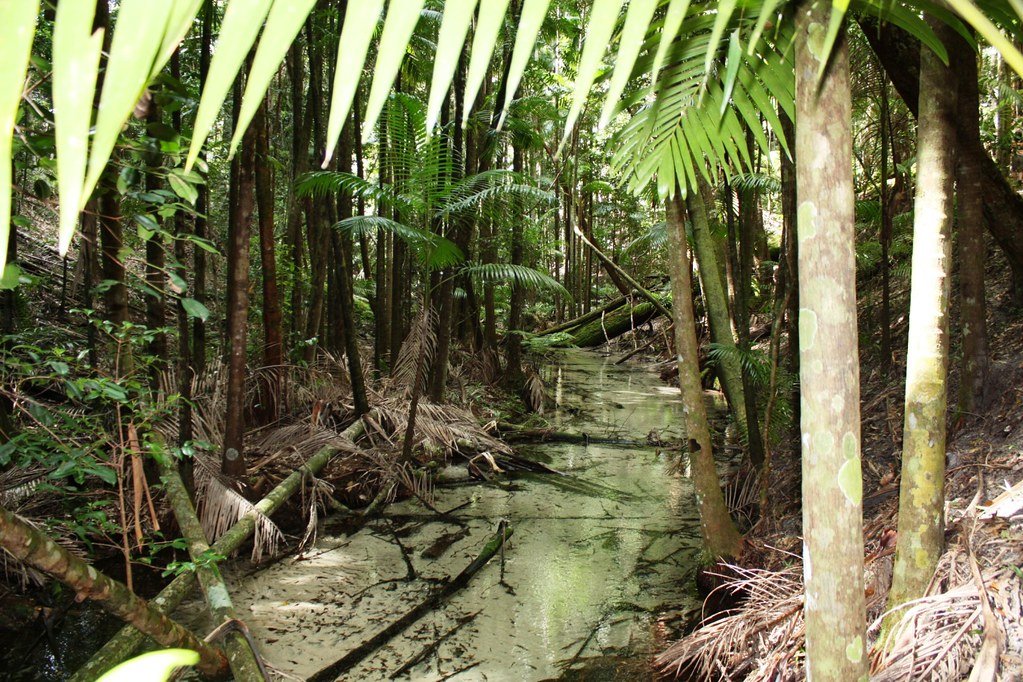
The arrival of an introduced species can be catastrophic for native biodiversity. These newcomers often thrive in new territories due to a lack of natural predators and competitors. The European starling, introduced to North America in the 19th century, has aggressively competed with native birds for nesting sites, leading to declines in some native bird populations. The invasive species can also introduce diseases to which native species have no immunity, further threatening their survival. The loss of biodiversity can destabilize ecosystems, making them more vulnerable to other stressors like climate change.
Ecological Imbalance: Disruption of Food Chains
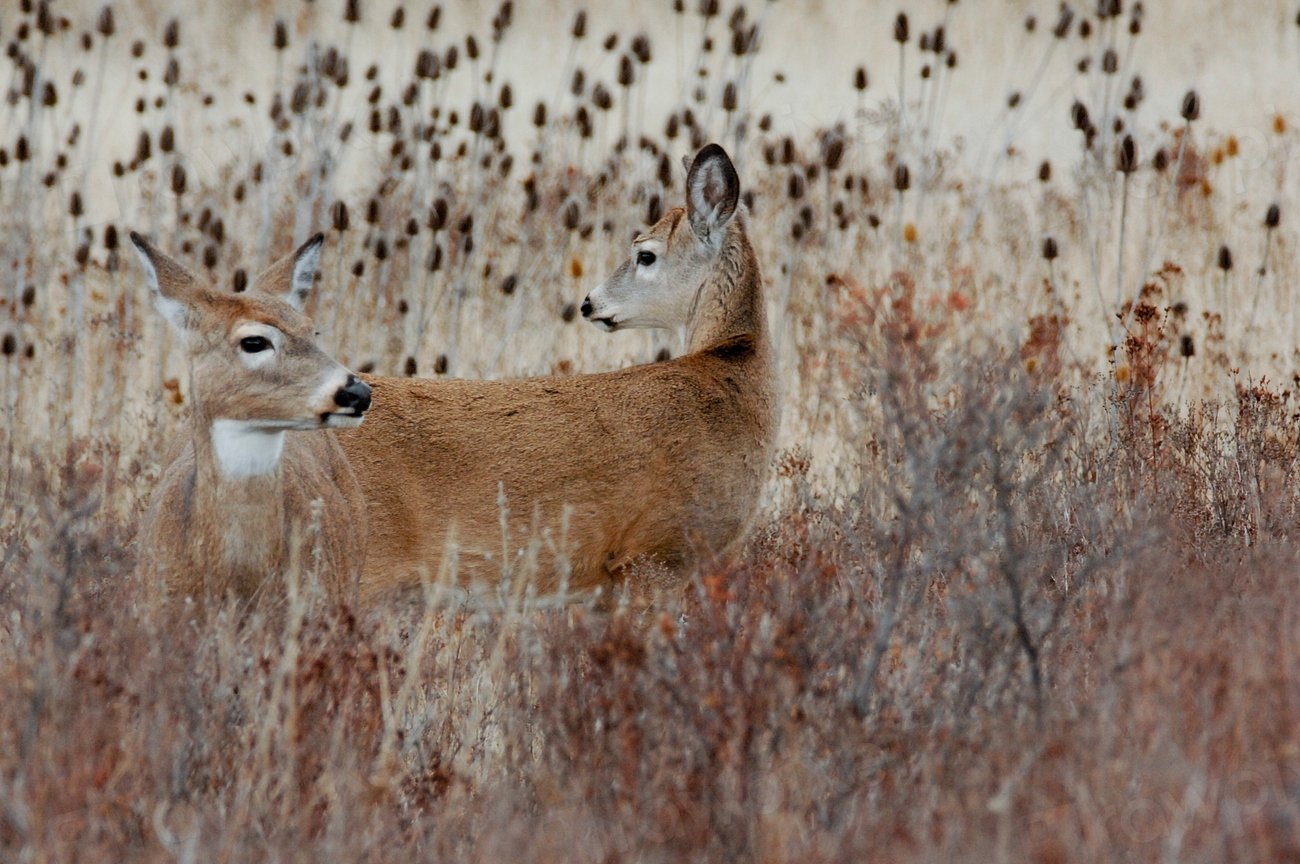
Introduced species can cause shifts in food chains, leading to unpredictable ecological consequences. When a new predator is introduced, it may prey on native species that have no evolved defenses against it. This can lead to a decline or extinction of native prey species, which in turn affects predators that rely on them for food. The invasive lionfish in the Atlantic Ocean is a prime example; it preys on native fish and invertebrates, reducing their numbers and altering the marine ecosystem’s balance. Such disruptions can have cascading effects, impacting the entire ecosystem.
Transforming Landscapes: Changes in Habitat and Environment
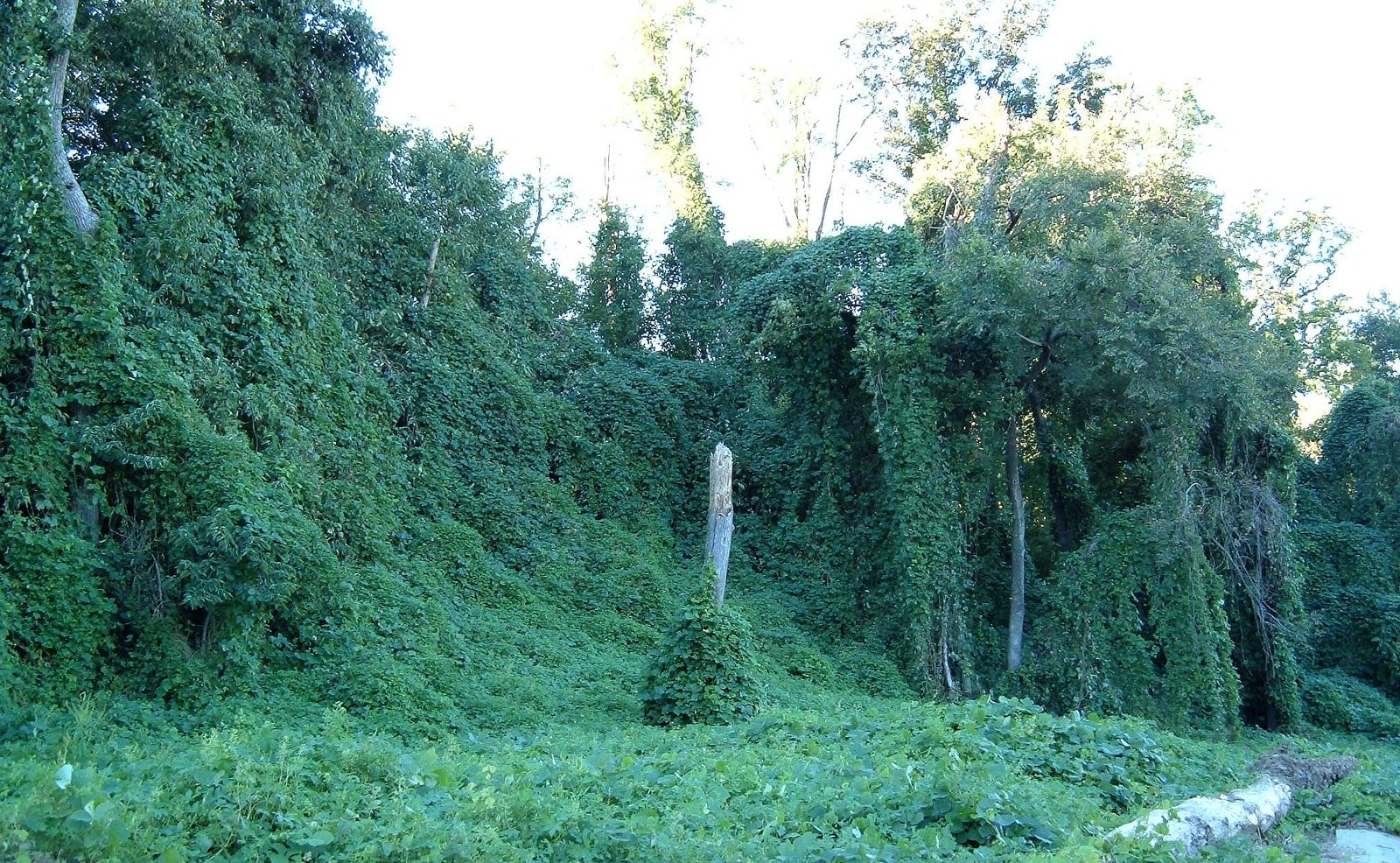
Some introduced species can physically alter the landscapes they invade. For instance, the introduction of water hyacinth in African waterways has clogged rivers, impeded boat traffic, and affected water quality. The dense mats of hyacinth block sunlight, reducing oxygen levels in the water and harming aquatic life. Similarly, the spread of kudzu in the southeastern United States has overtaken native vegetation, changing the structure and function of local ecosystems. These changes can lead to a loss of habitat for native species and alter the availability of resources.
Economic Implications: The Cost of Managing Invasive Species

The economic impact of managing invasive species is substantial. Governments and conservation organizations spend billions annually on control measures to mitigate their effects. The zebra mussel, introduced to North America through ballast water, has clogged water intake pipes, costing industries millions in maintenance and repairs. Additionally, invasive species can affect agriculture, leading to reduced crop yields and increased pest management costs. These economic burdens underscore the importance of prevention and early intervention strategies to manage introduced species before they become problematic.
Lessons from History: Past Introductions and Their Consequences
Historical examples of introduced species highlight the long-lasting impacts they can have on ecosystems. The introduction of rabbits to Australia in the 19th century led to widespread ecological damage, as they overgrazed vegetation and contributed to soil erosion. Despite efforts to control their population through various means, rabbits remain a significant pest in Australia. These historical lessons emphasize the importance of careful consideration and risk assessment before introducing species to new environments.
Prevention and Management: Strategies for Controlling Invasive Species
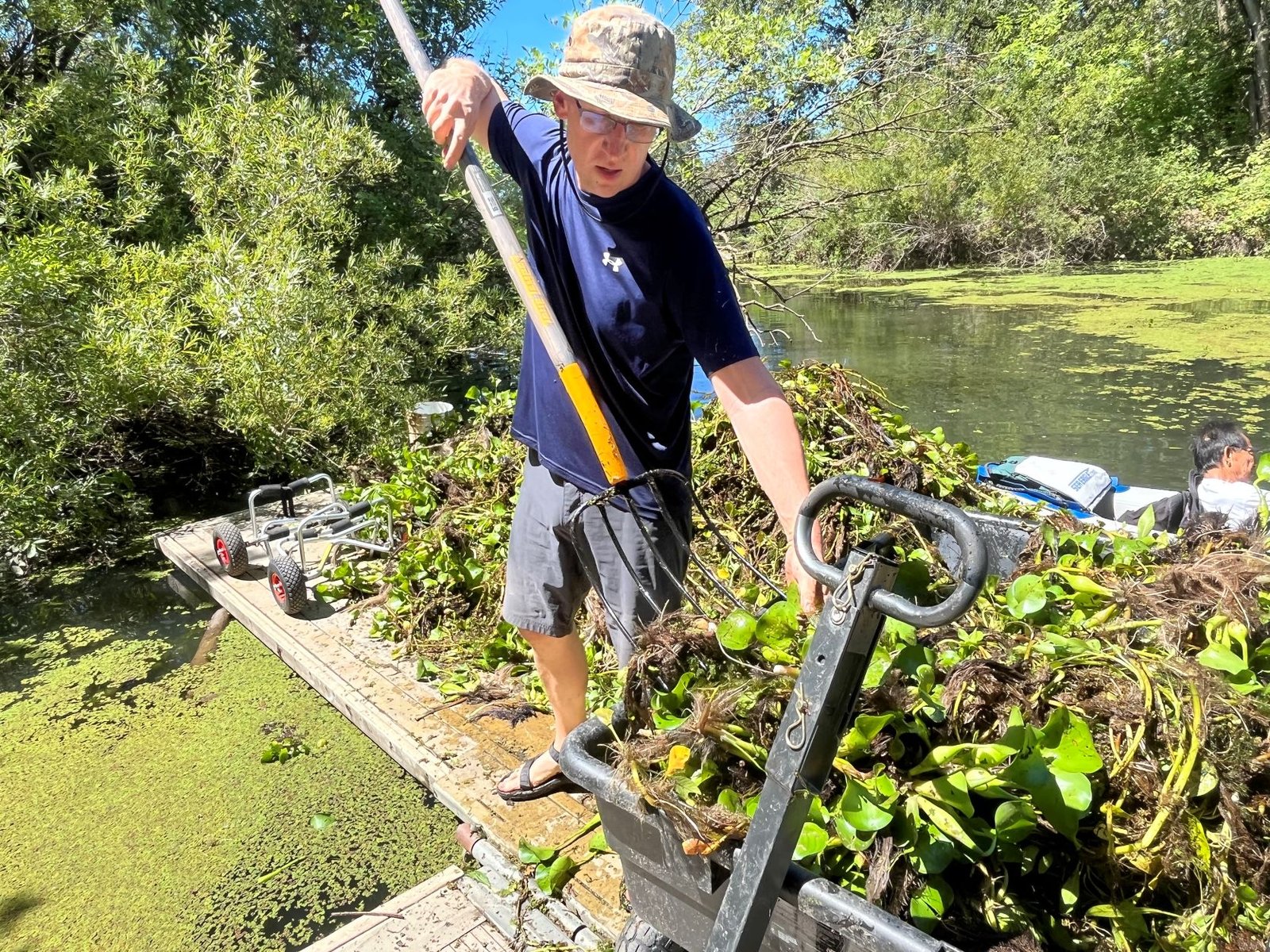
Effective management of invasive species involves a combination of prevention, early detection, and control measures. Prevention focuses on policies and practices that limit the introduction of potentially harmful species. For instance, strict regulations on ballast water discharge help reduce the spread of aquatic invasives. Early detection systems, such as monitoring programs, enable rapid response efforts to manage new invasions before they become established. Control measures can include mechanical removal, chemical treatments, and biological control agents, although these methods must be carefully evaluated to avoid unintended consequences.
Community Involvement: The Role of Public Awareness and Education

Public awareness and education are crucial components in managing introduced species. Engaging communities in conservation efforts can empower individuals to take action, such as reporting sightings of invasive species or participating in removal efforts. Educational programs can increase understanding of the ecological, economic, and social impacts of introduced species. By fostering a sense of stewardship and responsibility, communities can play a vital role in protecting native ecosystems and preventing future invasions.
The Global Perspective: International Efforts to Combat Invasive Species
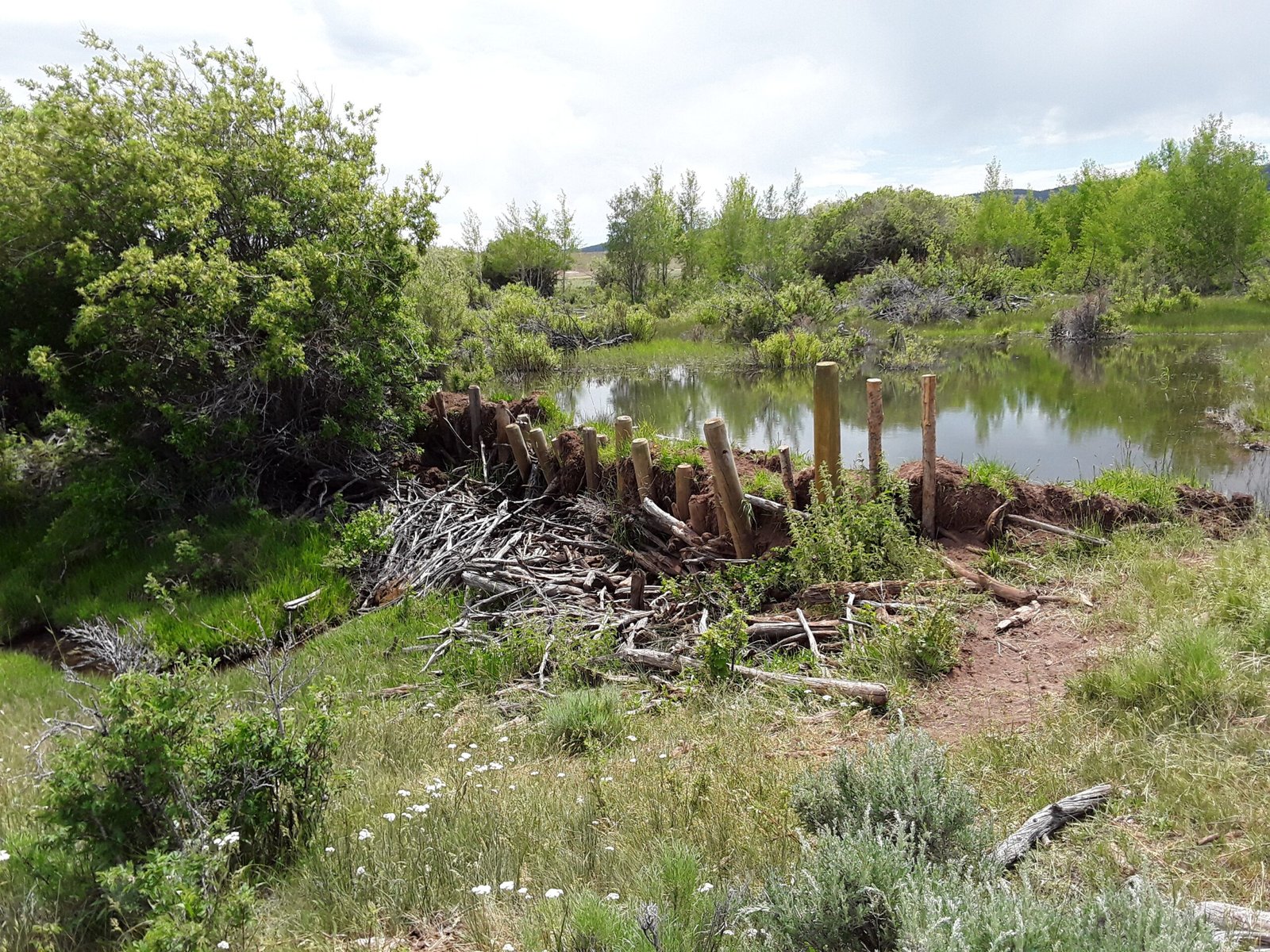
Addressing the issue of introduced species requires international collaboration. Many invasive species cross borders, necessitating coordinated efforts between countries. International agreements, such as the Convention on Biological Diversity, promote global cooperation in managing invasive species. Collaborative research and information sharing can enhance understanding of invasive species dynamics and improve management strategies. By working together, countries can develop more effective solutions to protect global biodiversity from the threats posed by introduced species.
A Call to Action: Protecting Our Ecosystems
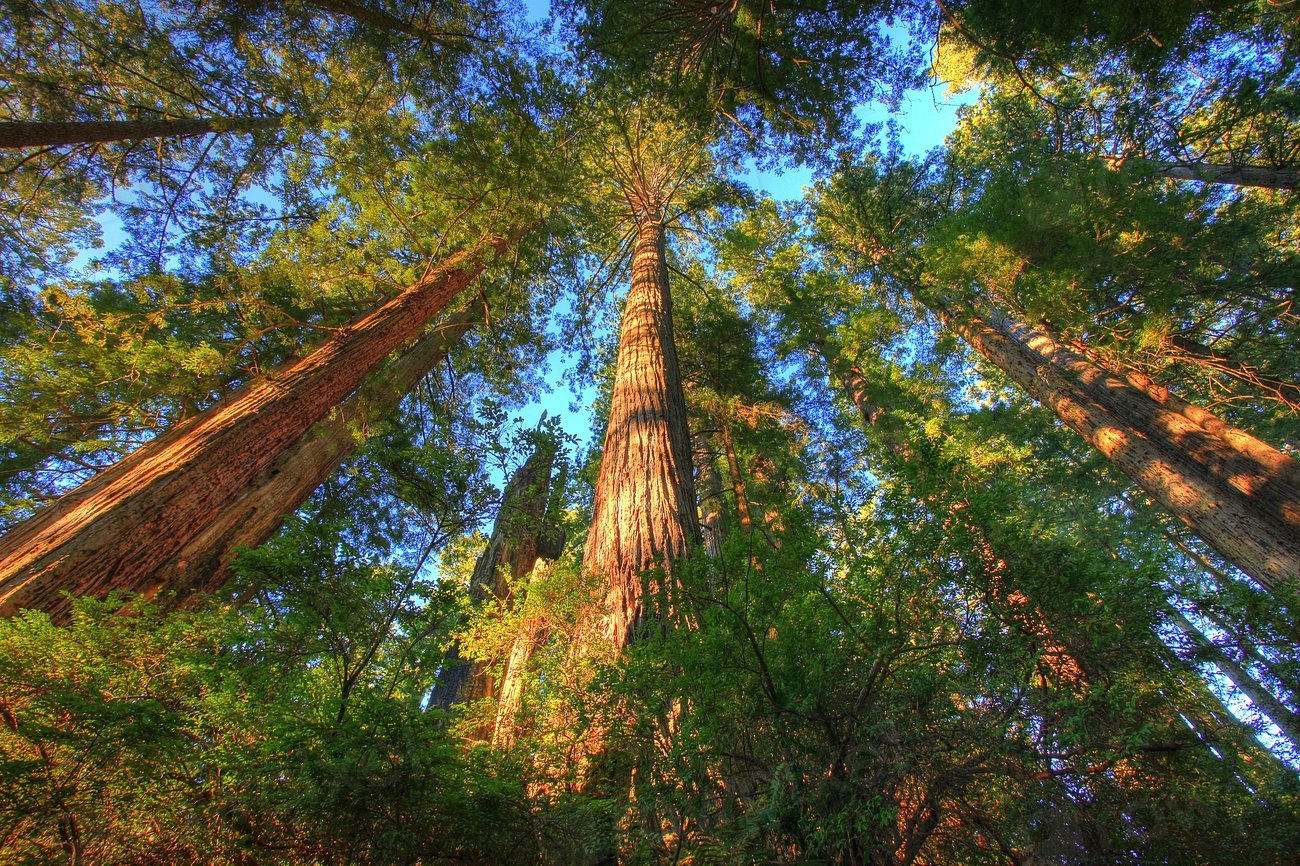
The lasting impact of introduced species on native ecosystems is a pressing environmental challenge that requires collective action. By understanding the complex interactions between introduced species and native ecosystems, we can better appreciate the importance of preserving biodiversity. Protecting our ecosystems demands vigilance, informed decision-making, and a commitment to sustainable practices. As stewards of the planet, it is our responsibility to safeguard the delicate balance of nature for future generations.


